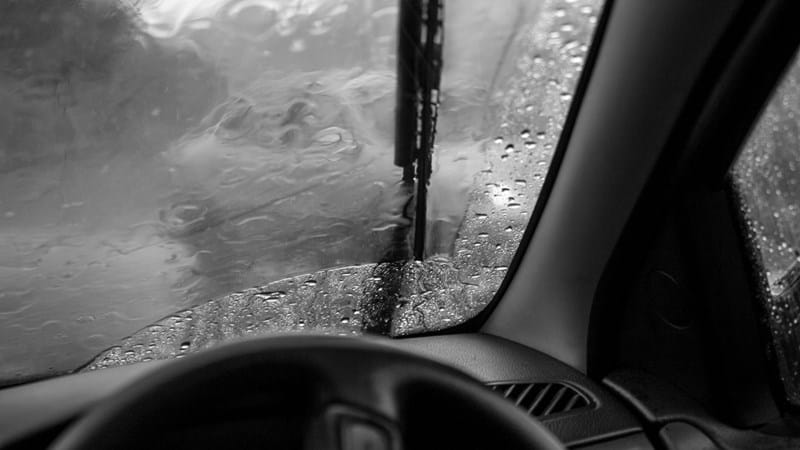Travelling when it's raining
Rain can affect your ability to see ahead or be seen by others. It can also affect your vehicle’s performance and responsiveness.

Even light or moderate rain can have an impact on visibility and vehicle performance, so it’s important to adjust your driving behaviour and take extra care.
Before you travel
It’s important to plan your journey in advance, particularly if you’re travelling on routes you’re not familiar with.
- Plan your route
- Check the availability of service areas along your route
- Make sure you know how to operate your headlights and fog lights
- Check your vehicle
- Pack a seasonal kit
- Check the weather forecast. If heavy downpours are expected, consider delaying your journey until it clears.
- During periods of extreme weather, adjust when you travel to avoid the worst days and times of day if possible
- Check traffic conditions on our website and on Twitter
When you’re on the road
The following advice will help you stay safe when driving in wet weather:
- If it’s time for your wipers, it’s time to slow down.
- Use dipped headlights, especially if visibility is seriously reduced.
- The roads will be more slippery than usual, so give yourself more time to react - increase the gap between you and the vehicle in front to at least four seconds.
- Look out for standing water - adjust your driving before and after encountering any
- Keep your eyes on the road at all times - spray from other vehicles can suddenly reduce your visibility.
- Visibility affects others too, so anticipate their actions and be prepared.
- During thunderstorms, sudden gusty winds can unsettle vehicles. Keep your speed down and give other road users more room.
Follow the Highway Code's advice on wet weather driving.
How we help you
- When heavy rain is forecast, we check culverts, gulleys and drains to help ensure rainwater can drain off the road surface and avoid flooding
- Our traffic officers, inspectors, and control room teams routinely monitor the weather and respond to any changing road conditions
What if I break down?
If your vehicle has a problem, or you get into trouble on a motorway, stay calm and try to exit at the next junction or motorway service area.
Find more advice on what to do if you break down on our website.
Aquaplaning
During heavy rain, there’s a risk that your vehicle can start aquaplaning, which can cause a significant loss of driving control.
Aquaplaning can occur when water builds up in front of your tyres faster than the weight of your vehicle can displace it. The resulting pressure pushes water under the tyre, creating a thin layer between the rubber and the road surface.
Signs your vehicle may be aquaplaning
When driving on a wet road you might:
- hear your engine suddenly become louder
- feel like you’ve dropped the clutch down gears while driving at speed, causing the revs to increase
- feel the steering become ‘light’
- experience the back end of the car drifting from side to side – known as ‘fishtailing’
What to do
If your vehicle starts aquaplaning, the key thing is don't panic:
- Don't hit the brakes hard
- Gently ease off the accelerator
- Hold the steering wheel straight
- Switch off cruise control mode if you have it on
- When the vehicle begins to gain control you can begin to brake to bring your speed down
Top tips for driving in wet weather
Keep other road users in mind
Give vulnerable road users including cyclists, motorcyclists and pedestrians more room than usual - they’re more likely to be blown around by side winds.
Avoid the floods
Don’t drive through flood water: there could be hidden hazards, and it may be deeper than it looks.
